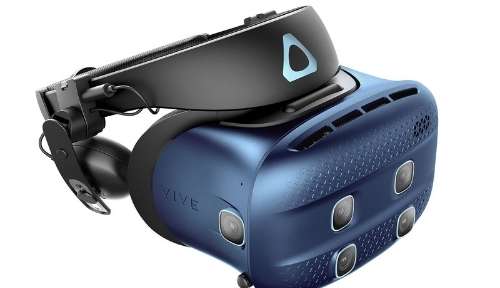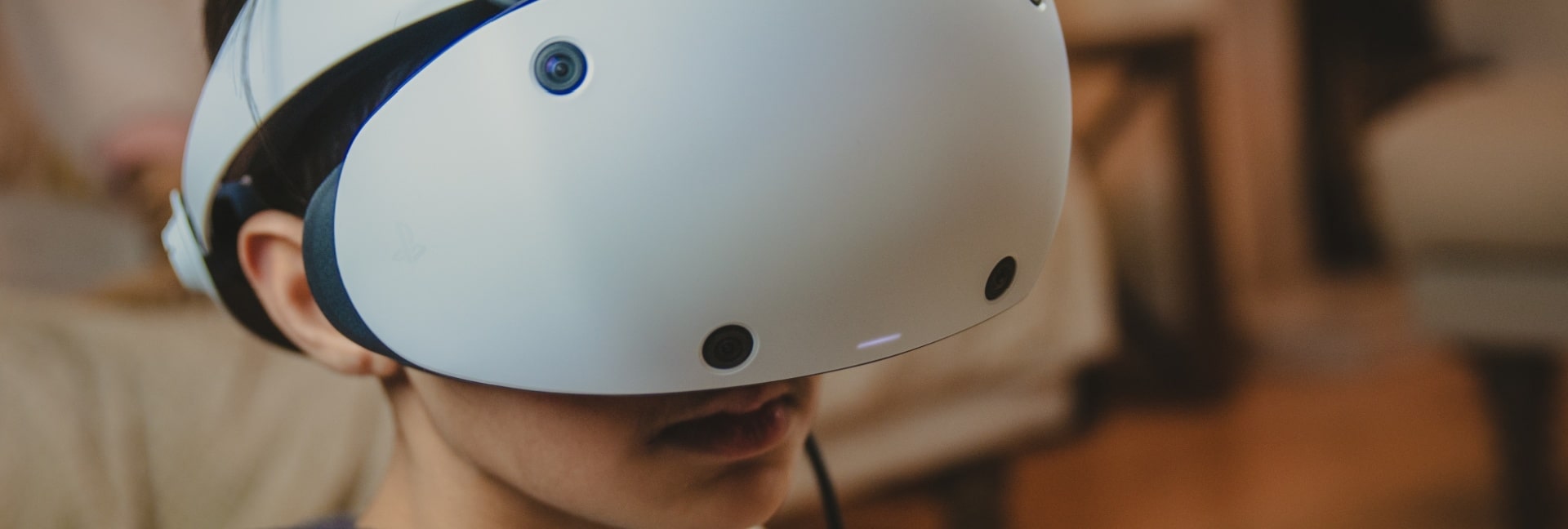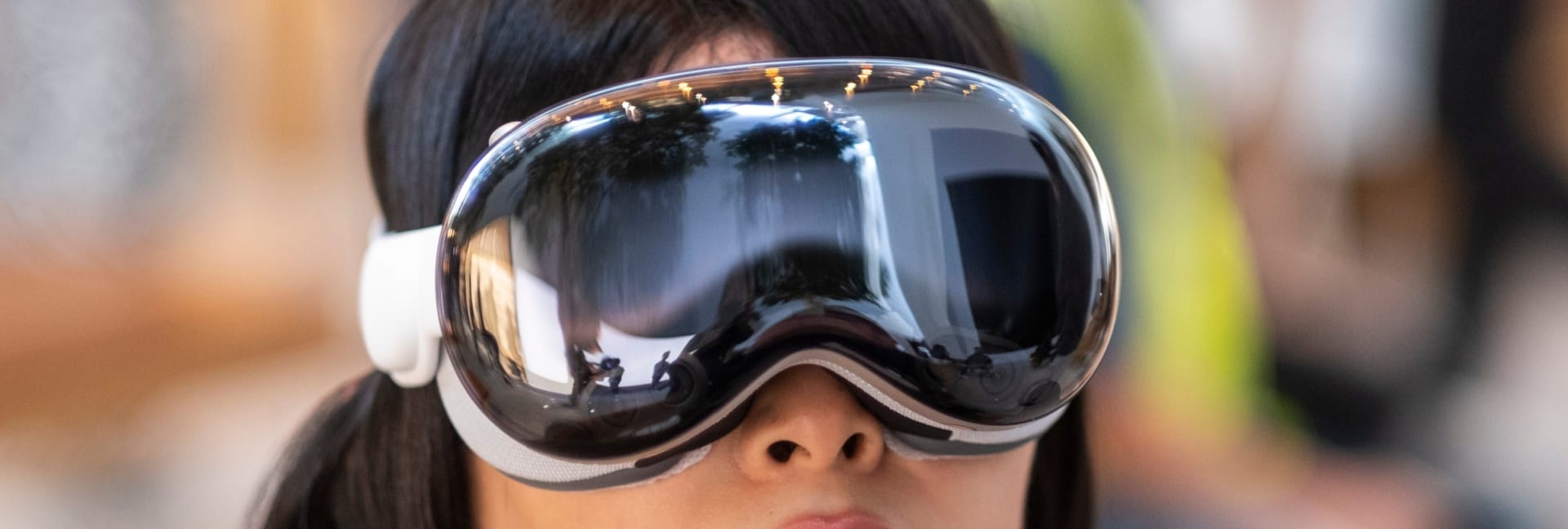The concepts behind virtual reality are based upon theories about a long held human desire to escape the boundaries of the ‘real world’ by embracing cyberspace. Once there we can interact with this virtual environment in a more naturalistic manner which will generate new forms of human-machine interaction (HMI).
Beyond the keyboard and mouse
The aim is to move beyond standard forms of interaction such as the keyboard and mouse which most people work with on a daily basis. This is seen as an unnatural way of working which forces people to adapt to the demands of the technology rather than the other way around.
But a virtual environment does the opposite. It allows someone to fully immerse themselves in a highly visual world which they explore by means of their senses. This natural form of interaction within this world often results in new forms of communication and understanding.
Freedom within the 3D virtual environment
The experience of a virtual world mimics that of a real world scenario but often without many of its constraints. Virtual reality enables allows someone to do the following:
- Walk around a three-dimensional building
- Perform a virtual operation
- Play a multi-user game
- Take part in a theatre of war
- Interact with an artwork, e.g. installation
Plus the fact that they can do this in a 3D environment means that they replicate an experience similar to that in the real world but without many of the dangers.
This is preferable to trying to simulate these experiences in a two-dimensional setting, e.g. a computer desktop.
Find out more about these and other applications in the how virtual reality is used article.
Problem solving with virtual reality
Virtual reality also acts as a problem solving device in that it enables us to explore various options as a means of finding an answer to a problem.
For example, an engineering company will use virtual reality to produce a prototype which is then tested and the results fed back to the design team. The advantage of this is that it enables the designers to make alterations to their design but at far less time and cost.
This is a preferred option to building a physical prototype which is expensive to build and make changes to: especially if it undergoes several alterations as part of the design process.







